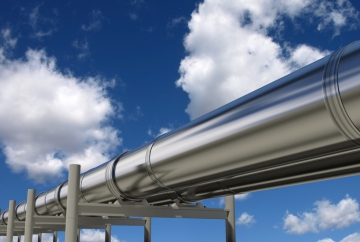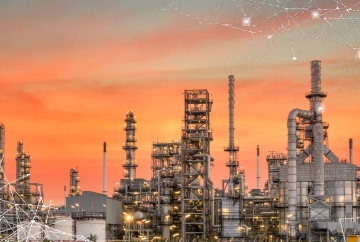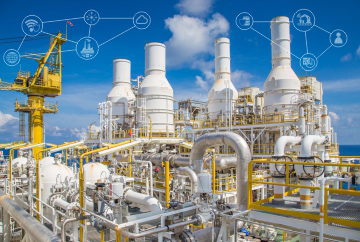Putting IoT to Work
IoT works on trend-based predictions to trigger any anomaly in the system; the intelligent pipeline monitoring system continuously scans for patterns and predicts a failure in the pipeline network. With automated mechanisms, the opening and closing of valves trigger intelligent decision-making at an instant alerting emergency services and operators by taking instantaneous safety precautions.
Business Benefits
IoT sensors and remote controls will promote a monitoring solution that can automate all steps by replacing the traditional methods to allow oil and gas pipeline infrastructure to be controlled remotely. This includes overall management of alerting pipelines and dispatching technicians to the pinpoint location.
Lower Environmental Regulatory Non-Compliance
The
oil and gas drilling sector has come under scrutiny based on environmental issues such as air and water quality, offshore regulation, and chemical management. While the courts continue to review and challenge federal and state regulations, private parties have filed various lawsuits about pipeline leaks, infrastructure and plant expansions, endangered species, oil and gas drilling, and more.
Click to zoom in
Lower Financial Losses
Oil companies effectively cut costs, and IoT integration and automation is the most effective solution to control any existing overhead costs. IoT can manage multiple roles in an instant, cutting down the additional labor and management costs.
Improved Pipeline Uptime
AI and IoT-powered pipeline management can help construct an effective strategy to monitor and operate pipelines. Oil and gas data collection and timely insights can help detect any blind spots and help operators pinpoint the exact cause and following effect of failure and leaks. In addition, predictive maintenance and data insights combined with remote monitoring can help reduce downtime of the companies.
Safer Workplace
Worker safety is important with improved visibility in work environments and regular checks conducted for radiation, exposure, or heat signs. Effective solutions can transform data into information and knowledge that can then be used to improve maintenance operations. Data-driven mapping and digitized data can help any midstream company meet or exceed its own needs and expectations.




